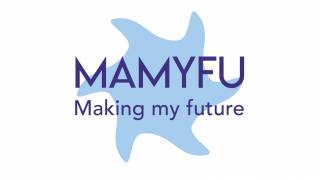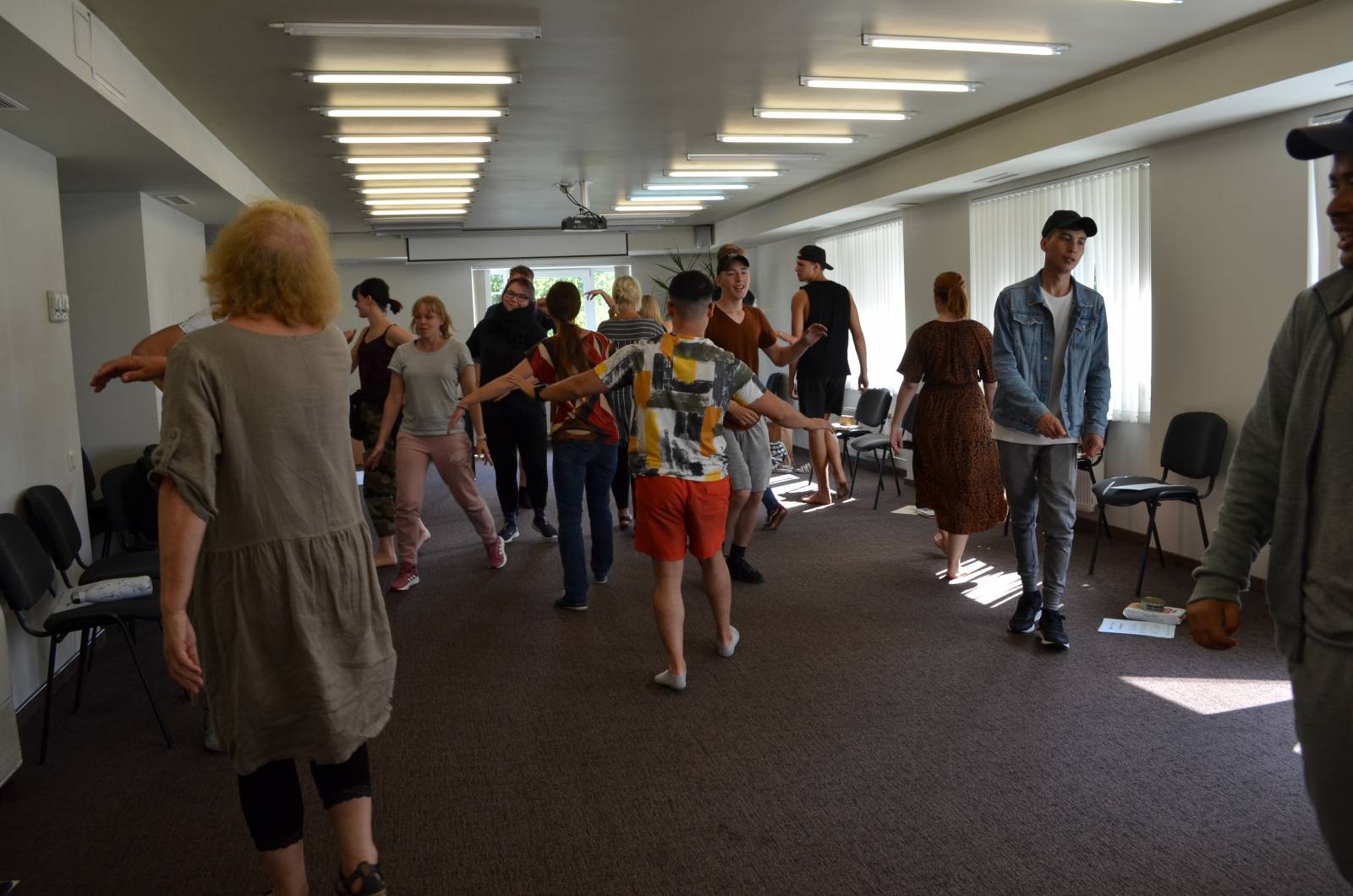Ideation in Mamyfu processes and objectives
In Making my future project one big objective is enhancing young adults´ future orientation, gain self-guidance skills and project innovation skills. Participants of the project are engaged in small scale projects which benefit their own pursuits and dreams. The young participants have planned activities themselves and realized projects in local communities.
Via ideation and small project processes the participants learn and use creativity and critical thinking – both key skills in future work life. They enhance their communication skills in an international context and are put out of their comfort zones in a safe and supported environment. Based on a thesis about the significance of Making my future intensive weeks, being able to function outside of your comfort zone has been quite empowering and meaningful for Mamyfu participants.
Ideation is actually an important skill that the young adults need in shaping their own life path and making their big decisions concerning their choices for education and way of life all in all. We have promoted ideation skills also via different creative methods during the project, such as improvisation and drama, game-creation and so on.
Facilitating ideation
Ideation of project ideas can be a lot of fun, but it can also be nerve breaking and cause anxiety. In Mamyfu we are working with young adults who come from risky environments. There might be lack of self-efficiency, self-esteem and support in their background. Also working in international groups in a foreign language adds another challenge for the young participants. Therefore it is really important to focus on good facilitation and creating trust in the teams.
The role of the facilitator is to support the group´s thinking. The facilitator creates a space, time, place, and atmosphere to maximize the opportunities for versatile thinking in different groups. (Eskelinen & Turku 2019.) In Mamyfu the group work was facilitated by project experts and intensive week leaders. It is important that the facilitator creates a sense of security so that the participants feel safe to say what they think and they get their voices heard even in a situation where you might not have the words to express yourself fluently in English.
All participants must be seen as equal thinkers. In order to give space and possibilities for the shy ones and those who feel insecure, it is important to find suitable methods. Also in multicultural groups it is important that different opinions are respected. Facilitation methods should encourage and endorse participation and also critical thinking. Very often the process goes so that the facilitator activates thinking by offering tasks that are done individually, in small groups or with the whole group. The facilitator also ensures that the process moves forward and she/he gives support when needed. (See also Eskelinen & Turku 2019.)
The facilitator must tolerate the confusion of participants and be flexible as the situation demands. One slogan in Mamyfu intensives has been “We have a plan but we have no plan”. Which means that even though the timetable and facilitation events have been prepared beforehand, it is really important to be willing to give up the plan and go with the flow of the process. Also, as a facilitator – Keep cool! As Eskelinen & Turku (2019) says, “as long as it looks like you have the situation under control, you have it under control”.
Beginning of ideation
In the beginning of ideation workshop it is important to create safe space as mentioned above. After that it is time to warm up and do some energizers to get imagination and creative minds working, and to create a fun and relaxed atmosphere. In making my future project we used many different kind of funny games, singing and movement, so that the participants were planning and leading the energizers themselves. My own motto is that the group should laugh together before the ideation can start.
Very good method that was used in Mamyfu to bring all participants´ opinions and ideas to light equally was Double-Team-method, that is also know as Me-We-Us. It is easy method that can be applied in almost any ideation process. It needs no special preparations, but sticky notes are always useful in taking notes. We used it in Latvian intensive week, and in game-creation process during the Estonian intensive.
Double Team or Me-We-Us (see for example Eskelinen & Turku 2019)
- Select a theme that you want everyone to participate in. Use open-ended questions. e.g. What should be the theme for the group´s environmental educational game? Encourage to produce as many ideas as possible.
- ME – Give 5 min to think about the question individually. “Come up with 50 ideas and write them in separate sticky notes.”
- WE – After that, the topic will be discussed in pairs for 5min. Compare your ideas and ideate some new ones.
- If necessary, there can be a third round in small groups of four, or if the entire group is 6-8 people, you can move straight away to “Us”, aka the entire group.
- US – All pairs or small groups introduce their ideas. Gather thoughts and ideas created somewhere visible, e.g. on a flip chart, screen or digital workspace.
Cultivating the ideas
Once all the ideas are presented and produced, it is time to find out the best ones and the ones that the participants want to realize and implement. This is an important phase for the facilitator. As Eskelinen & Turku (2019) remind us, you are there for the group, not the other way around. At this moment let the group discuss their thoughts. Sit on your hands and put your tongue between your teeth, and wait. Focus on the process and avoid interfering with the content. Sometimes it is super difficult!
Facilitator must let the group own the responsibility for success (Eskelinen & Turku 2019). When enough time for discussion and possible new ideas has gone, it is time to narrow down the ideas to start cultivating the one that the group wants to focus on. In game creation process we used voting for finding the most preferable choice of all the versatile and good ideas.
Voting for the idea to be realized
- Each participant has 5 votes (you can mark the votes with a pen, but using stickers is fun and activating).
- Participants vote on their favorite ideas. They can divide the votes as they please. e.g. all five votes to a single idea, or one vote to five different ideas, or anything between.
- Count the votes. If there are not clear winners, you can narrow down the ideas and have another round of voting.
- Depending on how many ideas you will put to action, choose the best ones that the small groups will work on.
Evaluation
This ideation method is excellent for getting all the voices heard and to come up with a decision that the group will take responsibility on. It is easy to operate, and the participants get it with them as a tool for the future needs. Double Team is quick and efficient. It is easy to produce multiple ideas. The different ideas can also be combined which offers even better possibilities for participation. It is really empowering when your own idea is put to action by the whole group.
Remember to focus on the warm up, otherwise the ideation might be sticky and uncomfortable. The participants need to let go of control that hinders creativity. Ideation is often silly and childish, it is a play! At first it is all about the amount of ideas, only later it is time to focus on the quality.
References: Eskelinen & Turku 2019. Facilitation for agile teams. https://ideapakka.fi/en/
Eeva-Mari Miettinen, TAMK
Project expert, social pedagogue, social worker and a social work lecturer



